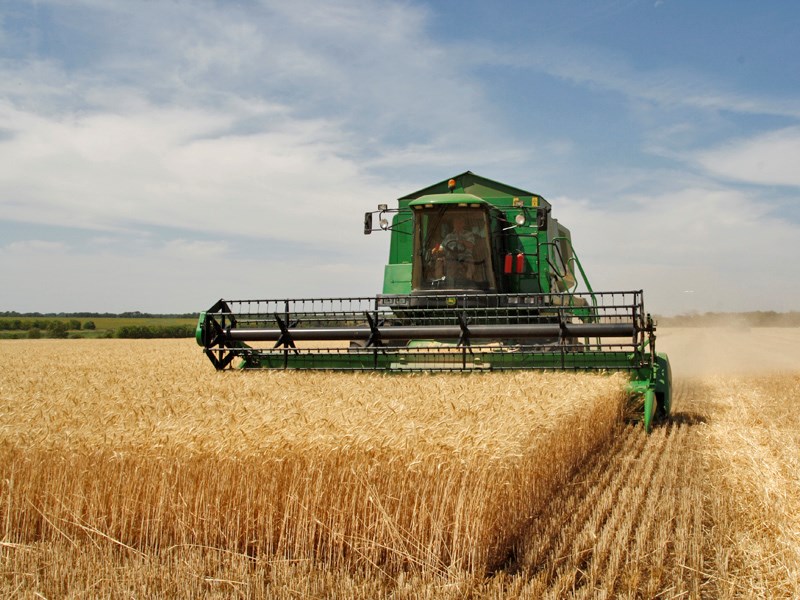With all the recent instability occurring in the oil industry, Saskatchewan has managed to balance out with its economic diversity. One of the strongest of these is the agricultural sector, which is why having flexible options in areas such as crop insurance would be so beneficial.
This year’s budget for crop insurance is sitting at a cool $154 million, averaging at about $182 per acre, which is more than $20 compared to last year. Premiums are also decreasing $0.41 from $7.47. According to a government news release, this “improved coverage is a result of better forecasted crop prices and increased long-term yields.”
“Crop insurance plays a vital role in government strategy for agriculture. It allows them to remain competitive and successful,” said Darby Warner, executive director of insurance for the Saskatchewan Crop Insurance Corporation (SCIC). “The changes for 2015 offer a greater choice for producers’ unseeded acreage coverage.”
Normally, these sort of enhancements would be fairly run of the mill, but the previous year’s weather issues around flooding in some parts of the province make coverage all the more important this year.
The increased options allow producers to choose what level of coverage they want to obtain depending on their situation. For example, producers can select one level of coverage if they believe their acreage will be too wet to seed while a different producer can choose the opposite if he or she believes they won’t have that problem.
“With the multi-peril option, producers can make a choice. It covers all losses covered by nature, there’s a big long list,” said Warner. “If flooding happened again this year, there would be greater options for coverage.”
Producers can also now purchase coverage for hemp, which is a new crop that appears to be growing quickly, so demand is increasing as well. To put it in perspective, at least 22,000 acres more than the previous year of that crop was reported to SCIC in 2014. Warner says that it’ll get to be a major crop if it continues on that trend.
Other changes also include increasing the base grade for oats from a #2CW to a #3CW, which means the quality of oats has been improving.
“We appreciate the continued improvements to crop insurance, which results in overall increased coverage and lower premiums to producers,” said Ray Orb, acting president of Saskatchewan Association of Rural Municipalities (SARM). “SARM acknowledges the increased flexibility of the Unseeded Acreage feature and other enhancements including the addition of hemp as an insurable crop and increasing the base grade of oats from #3CW to #2CW.”
Producers who prefer to work online can go to the CropConnect website.




